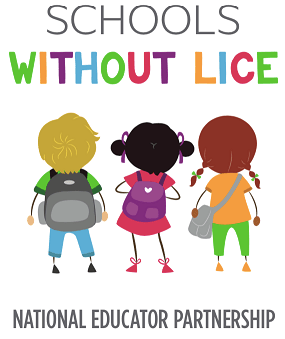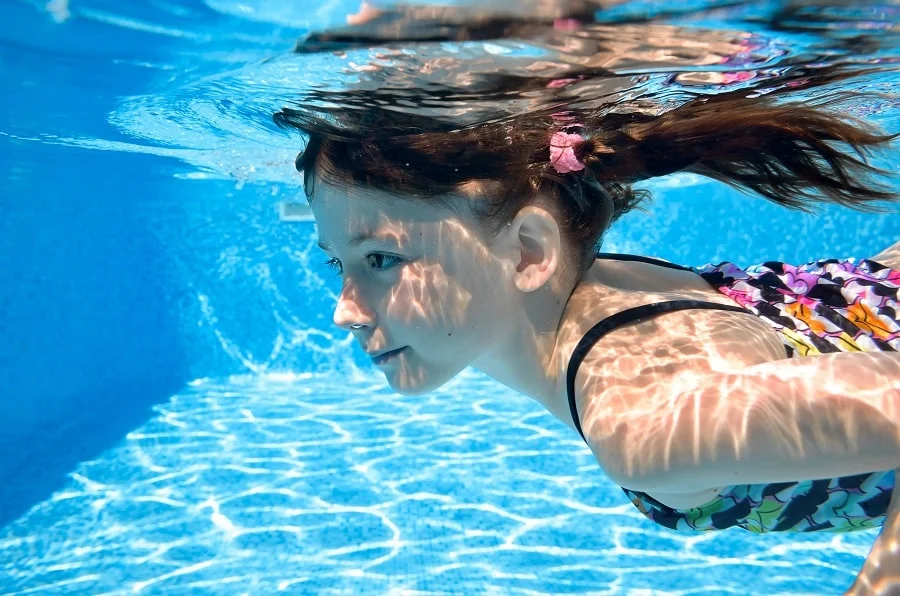How to Protect Your Child from Lice at School
As we near the start of another school year, many parents are focused on traditional preparations such as supplies, immunizations, sports training, or new school clothes. One action that parents often overlook is the importance of educating themselves on head lice. With the wide prevalence of head lice, catching them at some point is almost unavoidable for most school aged. Fortunately, lice cannot fly or jump and are only spread through direct head-to-head contact with other children. This means that some degree of prevention is possible. Below, we’ll outline some easy tips for lice prevention that you can discuss with your child and your pediatrician.
Tips for Head Lice Prevention
- It is important to discourage your child from sharing styling tools, clothing, or accessories that are commonly used on or near the hair. Examples include hairbrushes, combs, barrettes or ribbons, hats, hair elastics, scarves, towels, helmets, headphones, pillows, or sleeping bags.
- Always instruct your child to be careful when hanging their coat, sweater, or jacket. Take a visit to their classroom and see if there are any separate areas where they can hang their outerwear away from their classmate’s clothing. It can help to teach your child to hang up their coats and hats in a separate area or on an individual hook and avoid tossing their clothing into a pile with another classmates’ clothing. Since lice can crawl, separating your child’s clothing from other classmates’ means they are less likely to pick up a louse.
- Regularly launder clothing and toys that your child’s head has direct contact with, or that they share with siblings or other children. Examples are car seats, pillows, blankets, and headphones.
- The biggest key to lice prevention is education. Make sure you view pictures of head lice and their nits (eggs), so you can better understand what you are looking for in your child’s hair. It can also be helpful to review additional educational resources about some of the common misconceptions about lice, the lice life-cycle, and effective treatment options so that you can avoid common pitfalls if your child does get lice during the school year.
- It’s critical to regularly check your child for nits and live head lice at least once a week, especially if there have been frequent reports of head lice at your child’s school. By being vigilant, you can catch lice and begin treatment before it becomes a full-blown infestation.
- Learn to recognize the symptoms of head lice, which include an itchy scalp and small red bumps or sores on the back of your child’s neck and scalp. Better yet, depending on the age of your child, teach your child alert you at the first sign of any persistent itchiness in their scalp.
- Don’t panic. Even with the most thorough lice prevention, it’s still possible for your child to get lice. Keep in mind that lice are mostly harmless, not carrying or causing disease, and can be effectively treated.
Schools Without Lice
We have partnered with Lice Clinics of America to bring true change and health to schools across the nation. The Schools Without Lice program is aimed to eradicate lice in all schools and keeping our children lice-free. Schools Without Lice will work to completely clear lice from schools by offering head checks and treatments to all educators and nurses.
A Lice Free School Year
Our goal here at Fresh Heads is to protect your children and your family from any lice outbreaks. By following some of these steps and getting check-ups at our office, you can prevent school from becoming an infestation. Contact us today to learn more about our treatment options.
















Leave a Reply
Want to join the discussion?Feel free to contribute!